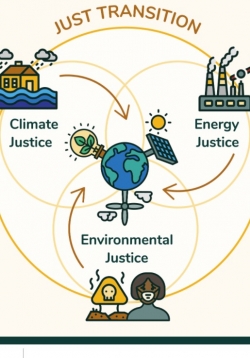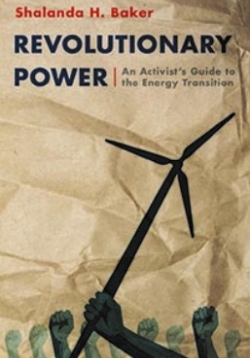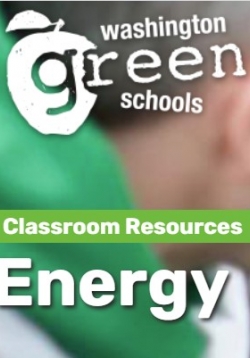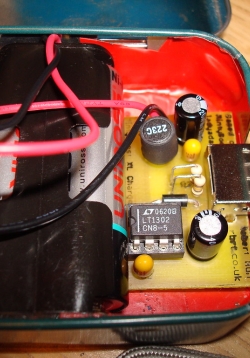This Legacy Power web resource is filled with background content to help facilitate solar cooking activities. Linking the sicence of solar cooking to hands-on activities and even recipes for using solar cookers, this is a particularly useful tool for giving educators ideas and starting points for their own engineering design challenges around this topic.
Project-Based Learning
Constructing a Solar-Powered MintyBoost USB Charger
Students will receive a background on solar energy, solar energy applications, and electrical circuit components. Students will then apply these concepts to a Home Energy Consumption worksheet and the construction of a Solar Module MintyBoost USB Charger,...

Published by US Department of Energy the Alternative Fuels Data Center is a wealth of data, maps, reports, interactives, case studies, and other resources on existing and emerging alternative fuel technologies, including electric vehicles, biodiesel, natural gas, hydrogen fuel cell, and others. Designed for fleet managers but applicable to high school classrooms, this can be a key research resource for understanding both the science and policy of alternative fuel transportation and applying to real world situations.

The Initiative for Energy Justice is a nonprofit organization conducting research, providing tools and advocacy support to support equitable energy policy and decisions. The site includes the Energy Justice Workbook and Scorecard, which can help educators analyze their energy and other curriculum for energy justice issues.
From the website:
The Initiative for Energy Justice aims to:
(1) contribute to a bottom-up movement of energy justice, originating in frontline communities, by arming movement and base-building organizations in environmental, racial, and economic justice spaces with well-supported policy research and workable transactional models for operationalizing a just transition to renewable energy; and
(2) provide city and state policymakers with concrete energy policy frameworks and best-practice tools that foreground equity in the transition to renewable energy, drawing on the best-available data collected from frontline advocates, existing energy policies, and frameworks designed by our team.
Solar SPRK+ Unit Overview
This unit incorporates basic programming knowledge and solar energy into an engineering design challenge using Sphero SPRK+ robots. The theme for this challenge centers on the idea of Mars rovers, and the challenges faced in space exploration, specifically...

From the Publisher:
In Revolutionary Power, Shalanda Baker arms those made most vulnerable by our current energy system with the tools they need to remake the system in the service of their humanity. She argues that people of color, poor people, and indigenous people must engage in the creation of the new energy system in order to upend the unequal power dynamics of the current system.
Revolutionary Power is a playbook for the energy transformation complete with a step-by-step analysis of the key energy policy areas that are ripe for intervention. Baker tells the stories of those who have been left behind in our current system and those who are working to be architects of a more just system. She draws from her experience as an energy-justice advocate, a lawyer, and a queer woman of color to inspire activists working to build our new energy system.
Climate change will force us to rethink the way we generate and distribute energy and regulate the system. But how much are we willing to change the system? This unique moment in history provides an unprecedented opening for a deeper transformation of the energy system, and thus, an opportunity to transform society. Revolutionary Power shows us how.
Wave Attenuator Unit Overview
Through a series of learning experiences, students will experiment with the basic concepts of motion to electrical energy transformation. Students start by building a series of models that demonstrate the interactions between magnetic and electric fields....

An at-home engineering challenge using simple materials to design, build and test a water-powered turbine. Accessible to nearly all ages.

Washington Green Schools guides and supports students and school communities to be leaders for a healthy environment. As part of their efforts to promote sustainable schools, they have developed a series of games and activities to help students understand energy use in their school and engage in conversations about how to reduce their energy use and clean up their sources of energy.

NGSNavigators podcast featuring Dr. Daniel Morales-Doyle, who discusses powerful impact of a justice-centered science pedagogy, which is one of the core pedagogies that informs CE's approach. He gives examples of what this looks like throughout different grade bands. He specifically shares a high school chemistry unit he taught in Chicago. In the show notes, find his research and similar articles of the impact of justice centered science pedagogy.
Contact Us
Bonneville Environmental Foundation
1500 SW 1st Avenue, Suite 710
Portland OR 97201
phone: 503-248-1905



